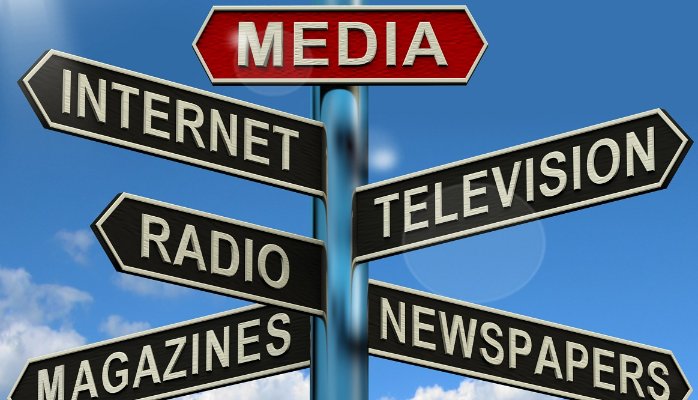There is a common idiom that warns against “throwing good money after bad.” This essentially means that throwing more money at a bad thing (i.e. an investment with bleak profit margins) won’t necessarily make it work. Granted, putting more money towards a broken vehicle may very well solve its issues. However, maybe a better decision for the long-run would be to invest in a whole new vehicle completely.
This same analogy has been used with regards to the current state of marketing in today’s world of innovative technology. “Why should I spend more to advertise on television when nobody watches TV anymore?” – is a common mindset towards increasing a spending budget on any platform. But the truth of the matter is, people are still watching television, just not as much as they used to or in the same way. People are busy and if there’s an option to watch your favorite content when you want, where you want, and how you want to, then why not?
Emerging technologies have given us extensive options for how we would like to watch digital content as opposed to 1985 where if you wanted to watch your favorite show, you best be there at 6PM on Tuesday tuned to channel 9 when it airs or tough luck. This change in consumer preferences has established itself at the cost to the television and media industry, an industry that makes a majority of its revenue from aired commercials and advertised product placements. But when people aren’t watching television as much (or aren’t engaging with the commercials as much due to “distracting” gadgets in the household), companies are scrambling to find different marketing tactics to compensate for the industry-wide decline in viewership ratings that are affecting their ad sales revenue and in turn their total revenue.
The common strategy has been to shift investments across multiple platforms as to reach consumers where they are watching content. That is, instead of spending budgets solely on television, radio, and print ads, companies have distributed such funds to increase market share presence on other platforms such as digital (mobile and tablet devices) as well as set top box platforms such as Roku, Amazon Firestick, etc.
 This strategy has proven to work, given that with each additional platform added to the advertising campaign, incremental sales return can be observed, with as much as a 35% ROI vs. advertising campaigns based on a single platform. However, this strategy in 2016 should be modified as to increase the total spending budget while also diversifying across multiple platforms, but not indiscriminately. That is, more should be spent on ad campaigns, but the budget should also be retrofitted to respective platforms (based on overall goal) as to effectively reach the intended target demos.
This strategy has proven to work, given that with each additional platform added to the advertising campaign, incremental sales return can be observed, with as much as a 35% ROI vs. advertising campaigns based on a single platform. However, this strategy in 2016 should be modified as to increase the total spending budget while also diversifying across multiple platforms, but not indiscriminately. That is, more should be spent on ad campaigns, but the budget should also be retrofitted to respective platforms (based on overall goal) as to effectively reach the intended target demos.
But why spend more? In order to optimize sales potential of the marketing campaign, advertisers should on average be spending 16% more than their current budget to ensure that their campaigns are seen and engaged with in an already over-saturated market. As a point of reference, not even a $1,500 sponsored ad campaign on Facebook (a digital platform) will get you featured on the right-hand side of featured sponsored ads displayed on the homepage.

People are still watching television. Traditional platforms still reign supreme. Combining traditional with new platforms increases ROI in what is known as the “kicker effect.” There is however a disclaimer: investing in digital platforms can actually diminish ROI through diseconomies of scale. Adding more platforms to the campaign is a good thing. Nonetheless, just adding more exposure (frequency) to the digital ads does not guarantee increased ROI, especially with digital banner ads. Which is why it is important to retrofit each ad campaign and its platforms to the target demos as to ensure that the audience engages with the advertised content and funds aren’t wasted by again, “throwing good money after bad.”





Wonderful items from you, man. I’ve be mindful your stuff previous to and you are just too fantastic. I really like what you have received here, certainly like what you are saying and the way in which in which you are saying it. You make it enjoyable and you continue to care for to stay it sensible. I can not wait to learn far more from you. This is really a wonderful web site.
Thank you!
I do not even know how I ended up here, but I thought this post was
great. I do not know who you are but certainly you are going to a famous blogger if
you aren’t already 😉 Cheers!